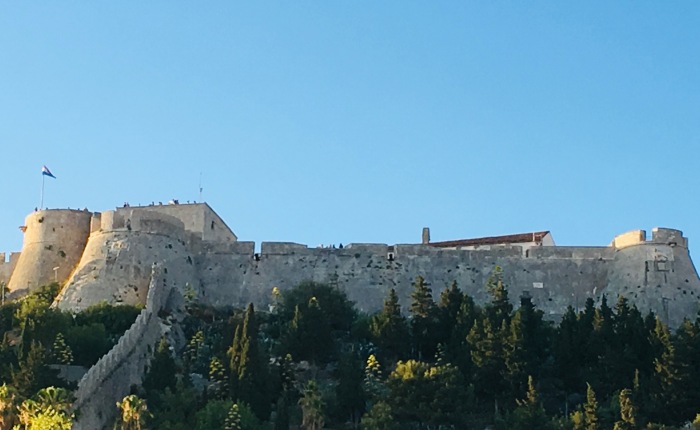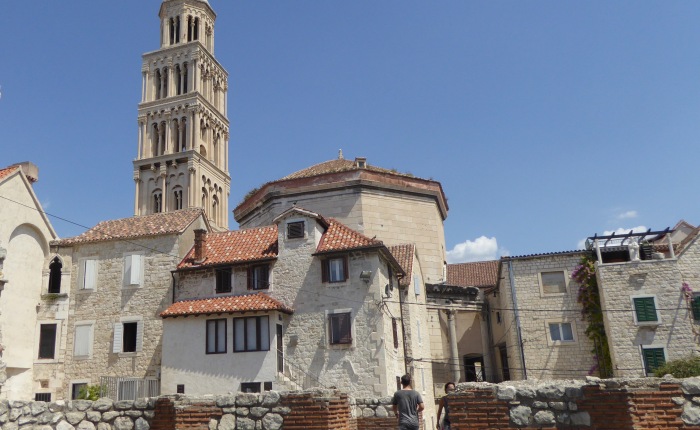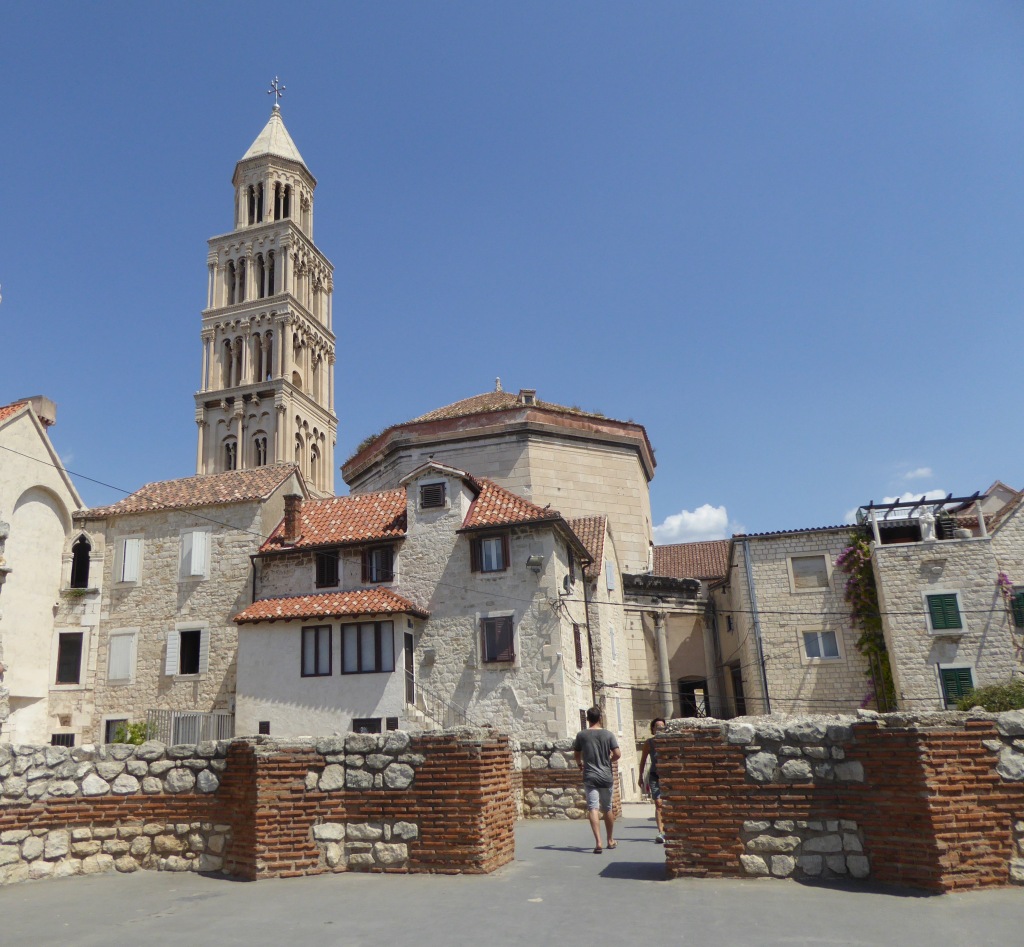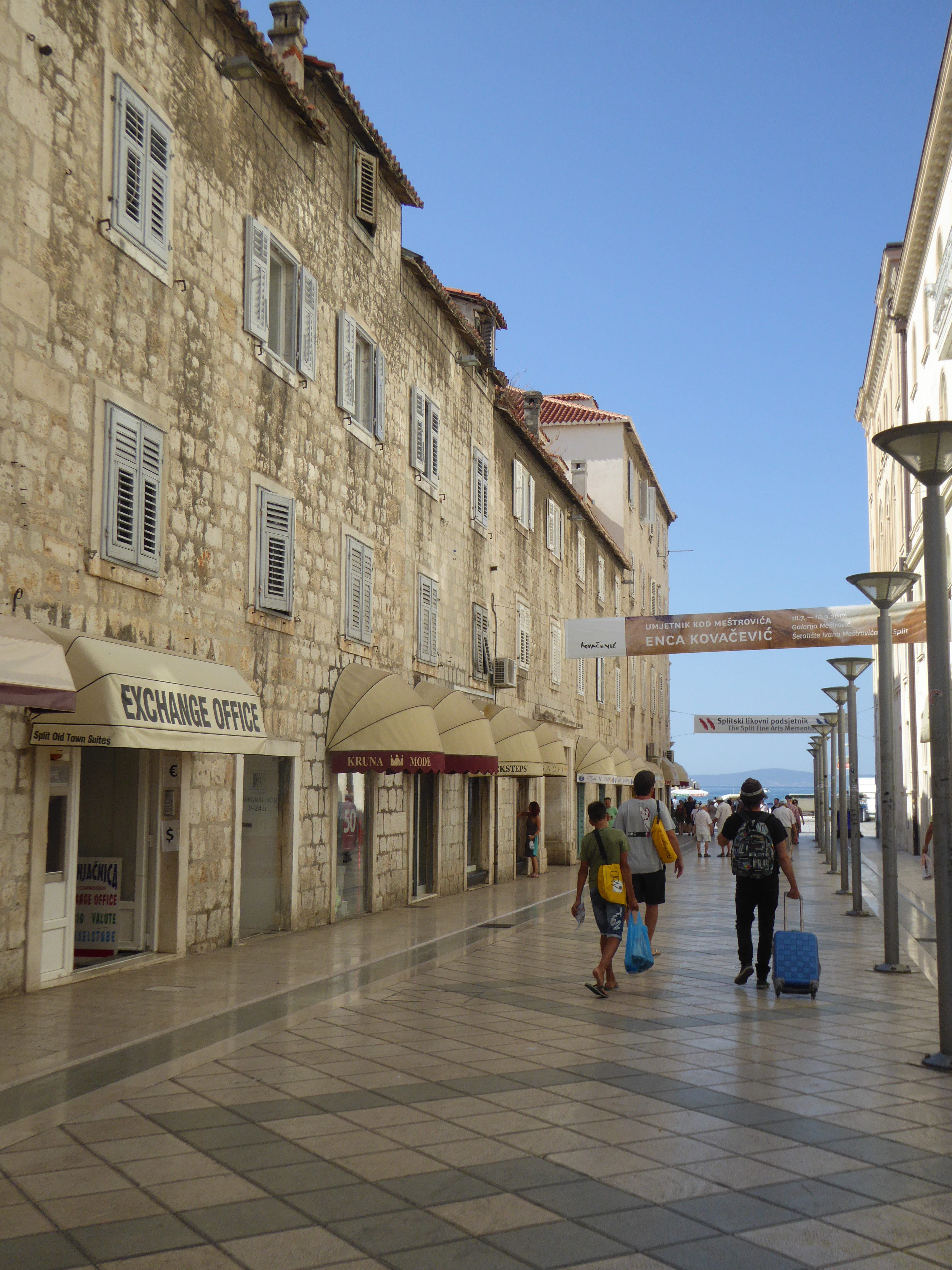The ferry trip from Split to Hvar Town only takes about an hour, which was just as well because we were sharing the trip with a seething mass of humanity, who were already in party mode. I can only imagine how glorious the trip could have been if we were on a smaller boat, or better still, on a yacht – to enjoy the beauty in peace and tranquility would have been perfection. Still, giving up on peace and tranquility was a small price to pay for the privilege of journeying across the impossibly blue and crystal clear Adriatic sea with glorious views of islands along the way.
Coming in to Hvar, we had some tantalising glimpses of rocky coves, the Fort on the hill, surrounded by the old houses and the belltower of the Cathedral of St Stephens, before being set free to explore the places we had glimpsed.
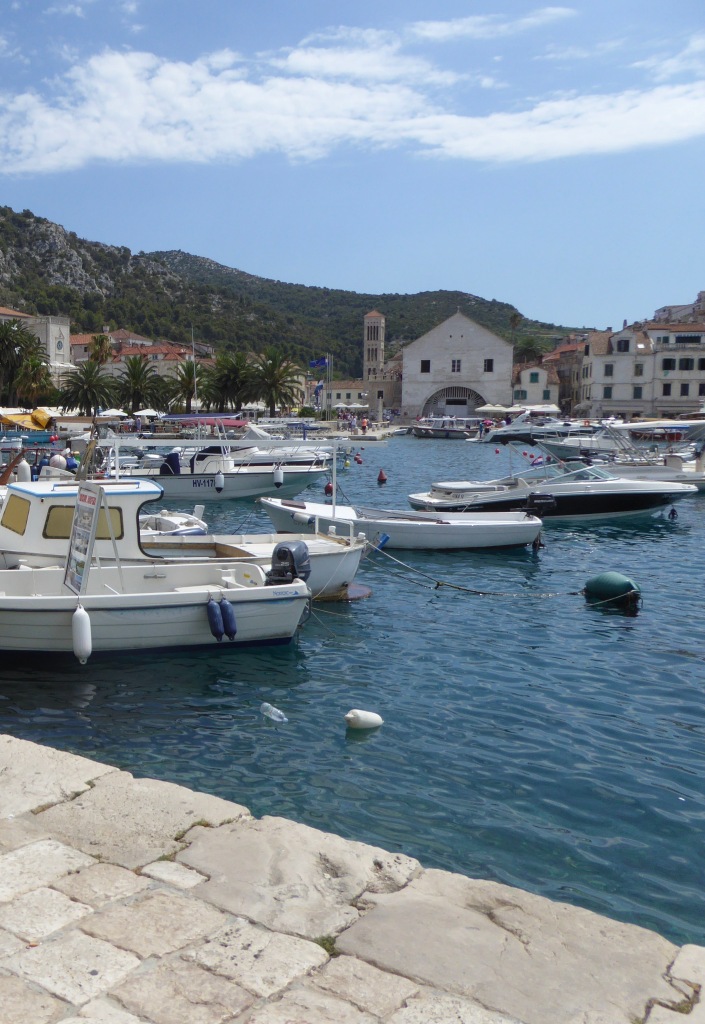

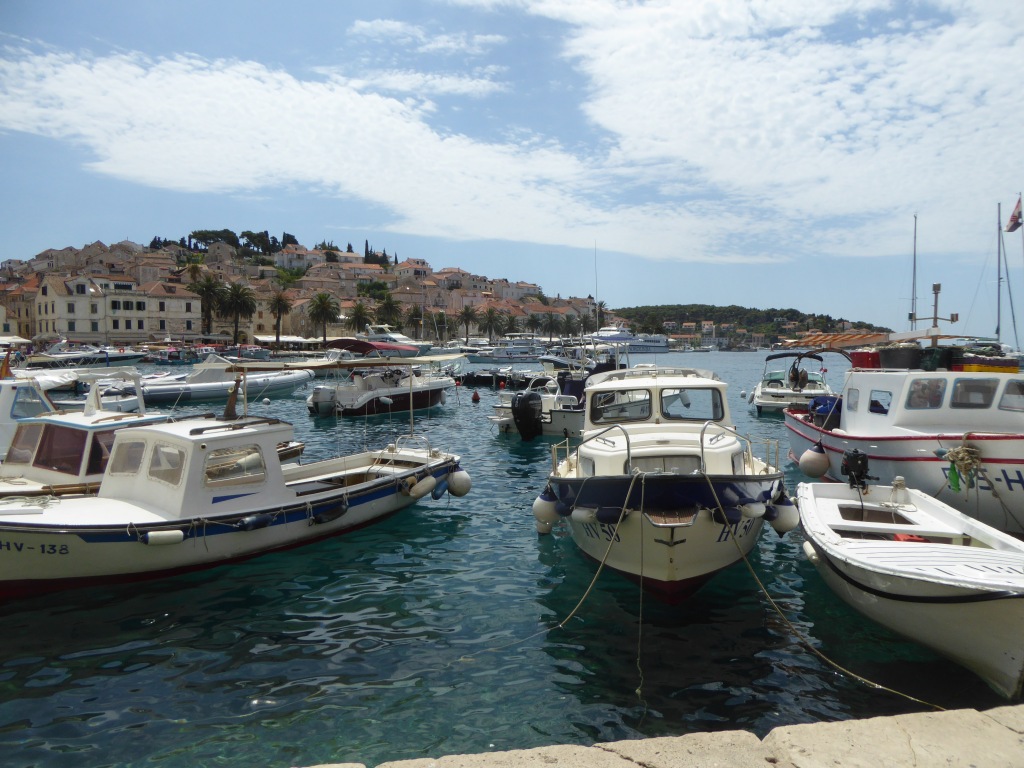
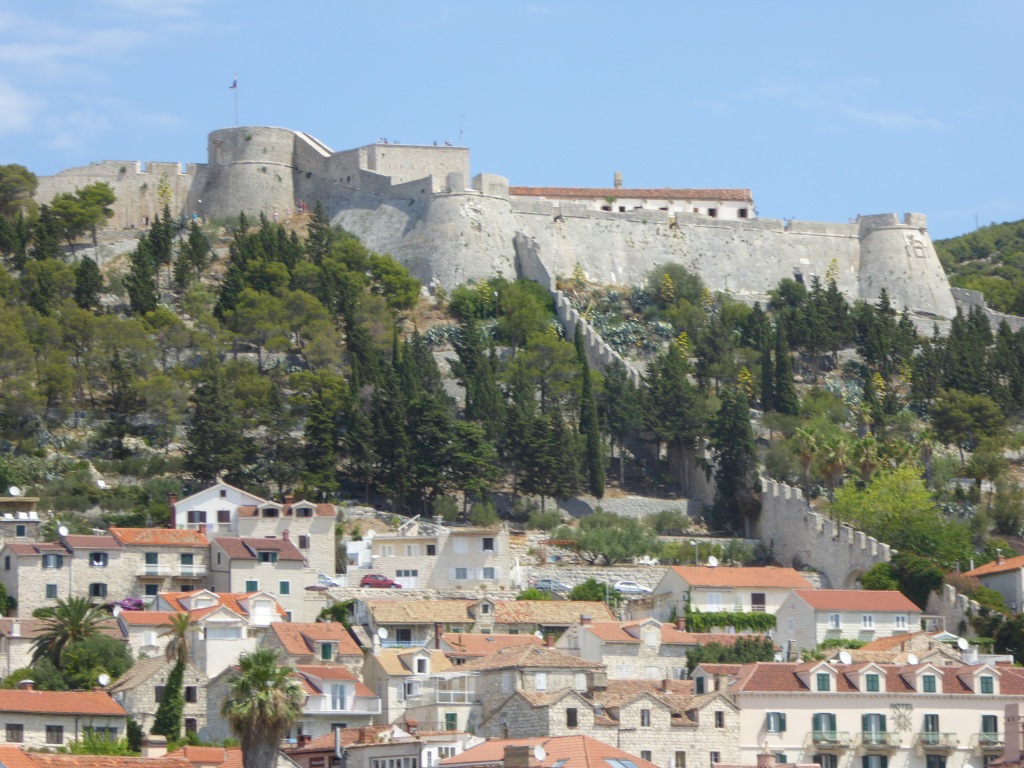
The wharf area was busy with the people who had disembarked from the ferry, and a lot of people queuing up to get on the ferry for its return trip to Split. The cafes and bars were all doing a roaring trade, and the harbour was full of boats of all shapes and sizes – from floating palaces to small runabouts.
Walking to our accommodation along the main waterfront, then around two lovely little bays, we left the crowd, and peace reigned, more or less. Not only did these bays offer great spots to swim, one of them was overlooked by a 15th century Renaissance Franciscan Monastery and bell tower.
The beach beside the monastery was somewhat rocky, but having navigated the rocks, the water provided a welcome spot to cool off, very close to our accommodation. The monastery itself was not open to the public, but the church, cloisters and garden were. The Croatian poet, Hannibal Lucic’s grave is under the main altar. The paintings included a rather colourful last supper, which gets rave reviews, but I wasn’t overly impressed. I far preferred the black Madonna and child. The garden is lovely, and contains a 300 year old Cypress tree – poor tree, all propped up by metal poles. Reminded me of the oak tree in Sherwood Forest supposedly Robin Hood’s larder, although the oak tree was far more decrepit than the cypress, which still looks dignified. I also loved the sculpture of the monk in the garden.






The London family were staying in the beautiful old town, below the fort. We planned to meet up for celebratory drinks and dinner in that part of town, a short walk for KT and I, along the path around the bays and the waterfront.
Drinks before dinner, watching the sun go down from a balcony above the Hvarska Pjaca (Square of St Stephen) was a delightful experience. With a view of the Cathedral of St Stephen to the right, the old town and the Fort above, the sun slowly sinking to the left of us and a glass of gin and tonic with the family, it couldn’t get better than this.

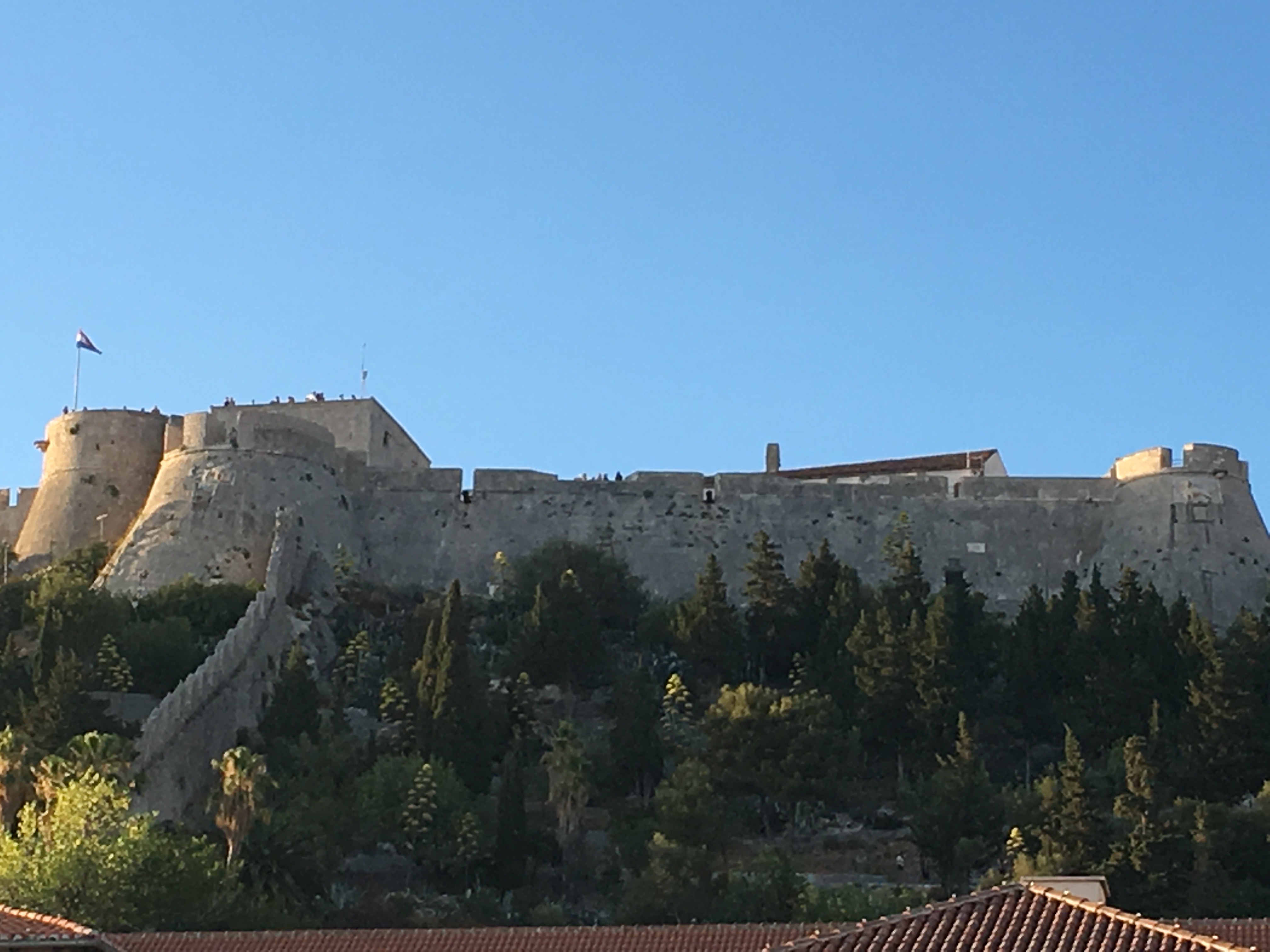

We thought that catching up with the London family would be cause for celebrating getting together again. Well it got better than that. They had become engaged, on a little island off Hvar the day before. Champagne and a fabulous feast to celebrate. Where better to celebrate than party island.
A car had been hired to facilitate explorations beyond Hvar Town, to Stari Grad and Jelsa on the north coast.
The old road took us through lavender fields and olive groves. The sea views were spectacular for most of the drive. The lavender season was almost over, so we did not get the purple vision offered by lavender fields in full bloom, but there were still enough in bloom for us to experience the sweet scent. The lavender fields and olive groves are divided by dry stone walls, themselves quite stunning, running down hillsides and creating a patchwork like appearance.






Stari Grad is said to be the oldest town in Hvar, originally named Pharos by the Greeks from the island of Paros, who settled there in 384BC. The waterfront promenade was made even more beautiful by masses of colourful flowers. We were lucky to have the lovely narrow streets lined with old stone houses, almost to ourselves. I imagine would have been a less than pleasant experience if we had to share with the seething masses.





We had decided to have lunch at Jelsa, about a ten minute drive from Stari Grad. Jelsa was founded in the 14th century and is said to named after alder trees (Jalsa). This is because these trees grew in a swamp near Jelsa. The swamp was drained in the 19th century, and the alder trees disappeared. I wonder what else disappeared – swamps contain such diverse and productive ecosystems, draining them tends to produce more losses than benefits.
We did not have much time in Jelsa – we had a celebratory feast organized that evening in Hvar Town – celebrating the engagement and farewelling the London family who were leaving the next morning. We did however enjoy a walk around the harbour prior to a superb seafood lunch.

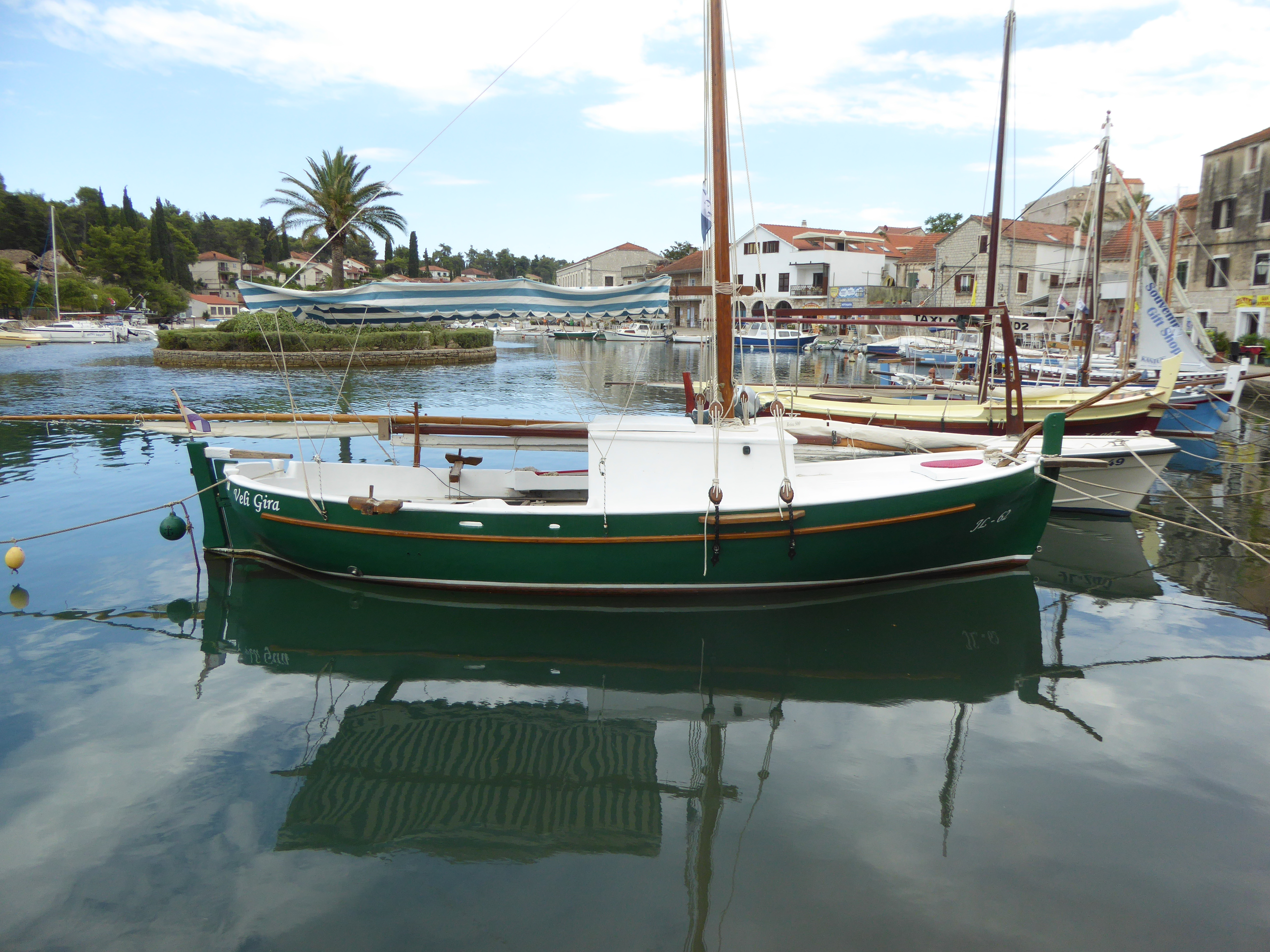

Our farewell feast included copious amounts of champagne, and I have no recollection of the food which accompanied the champagne, other than it was delicious.
KT and I had another day in paradise, which eased the sadness of the departure of the Londoners.
After the farewells, we decided to visit the 13th century Hvar fort and the old town. The fort was built on the site of a 6th century Byzantine citadel. We passed by many market stalls, and succumbed to those selling lavender products. The we had to tackle the stairs before reaching a pathway, which winds its way up to the Fort. Pine trees, lavender bushes and aloe vera lined the pathway.
The views from the fort make the climb worth while. With panoramic views of the harbour, the old town, the mountains beyond and the Pakleni Islands I felt that if there was a heaven, then this was it.



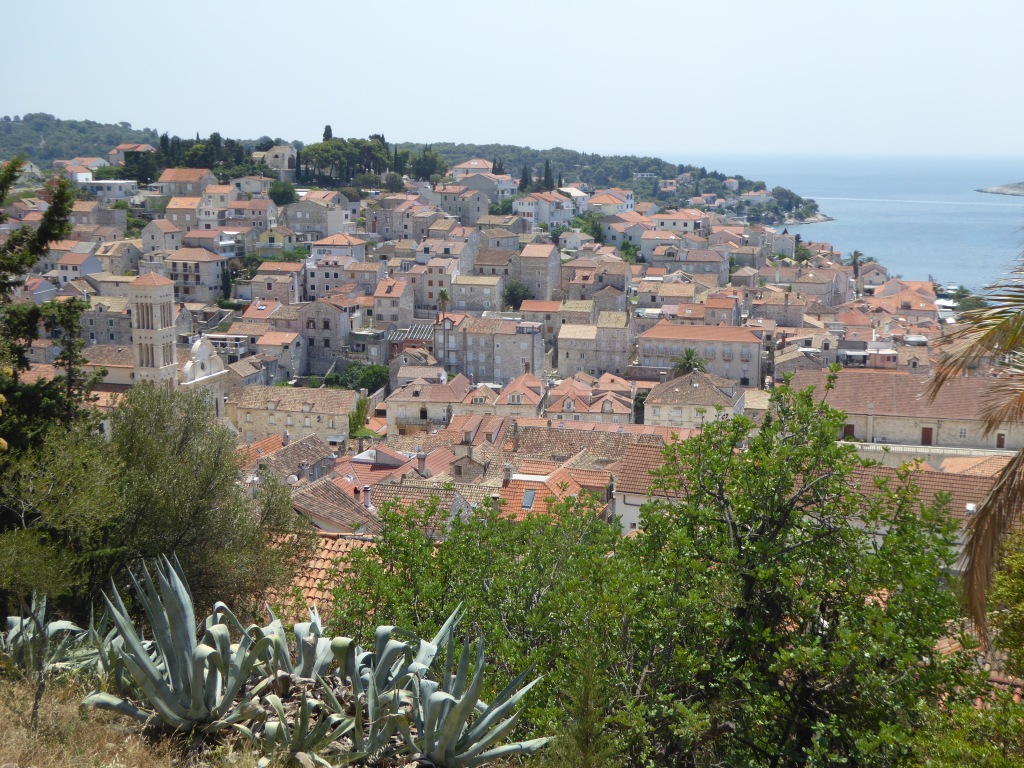


The rest of the day was given over to hedonistic pleasure. Swimming at the beach beside the monastery. Leisurely lunch in Hvar Town. A stroll along a walkway beside the sea, lined with various cacti and trees. Swimming at a spot near Falco Beach Bar where there was no beach – just rocks to sunbathe on and watch boats passing, with a ladder into the beautiful blue Adriatic for a swim, followed by a refreshing drink at Falco Beach Bar.

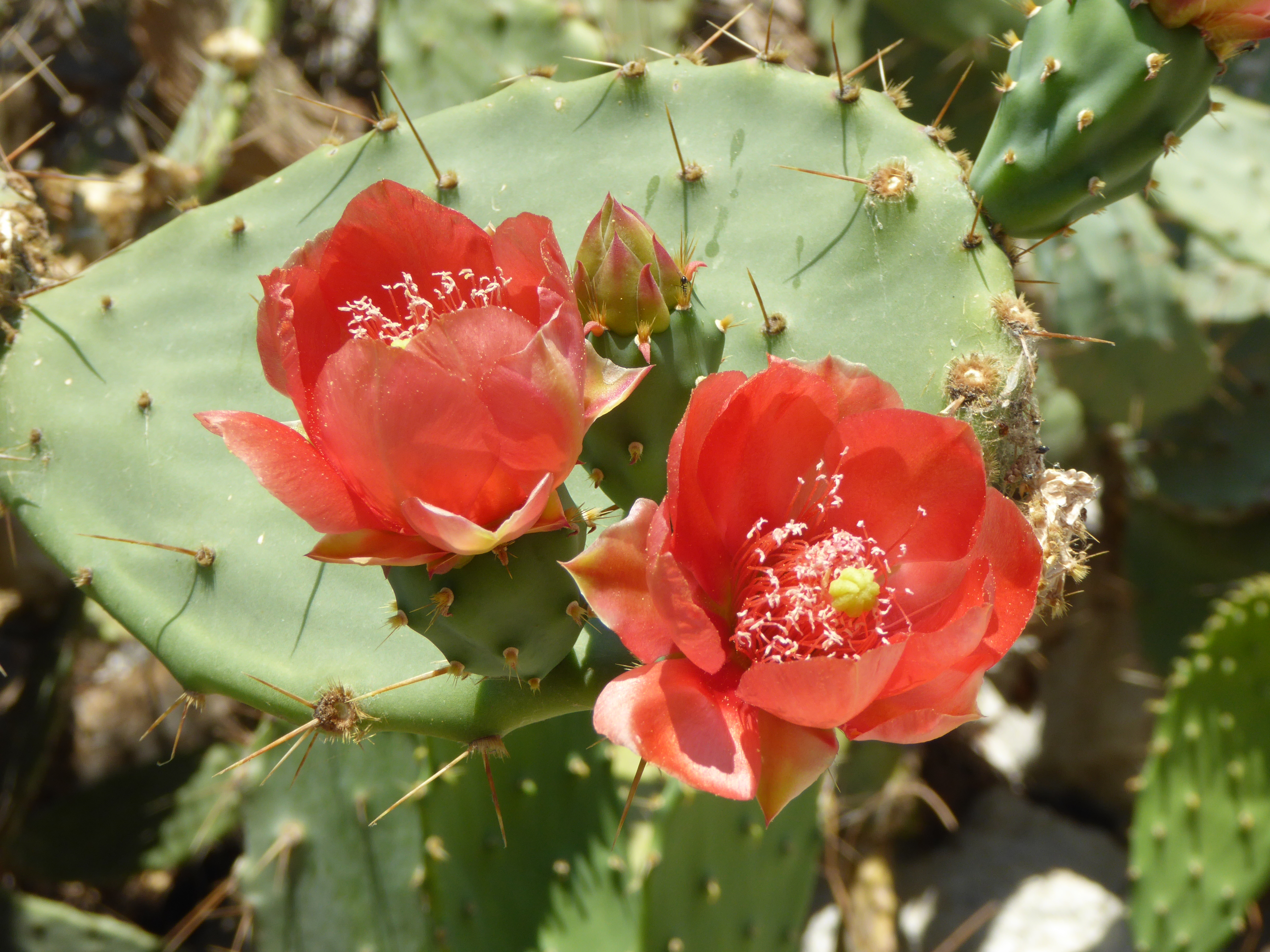



For our “last supper” in Hvar we decided to go back to Falco Beach Bar for cocktails, watch the sunset and have a leisurely dinner under the stars.
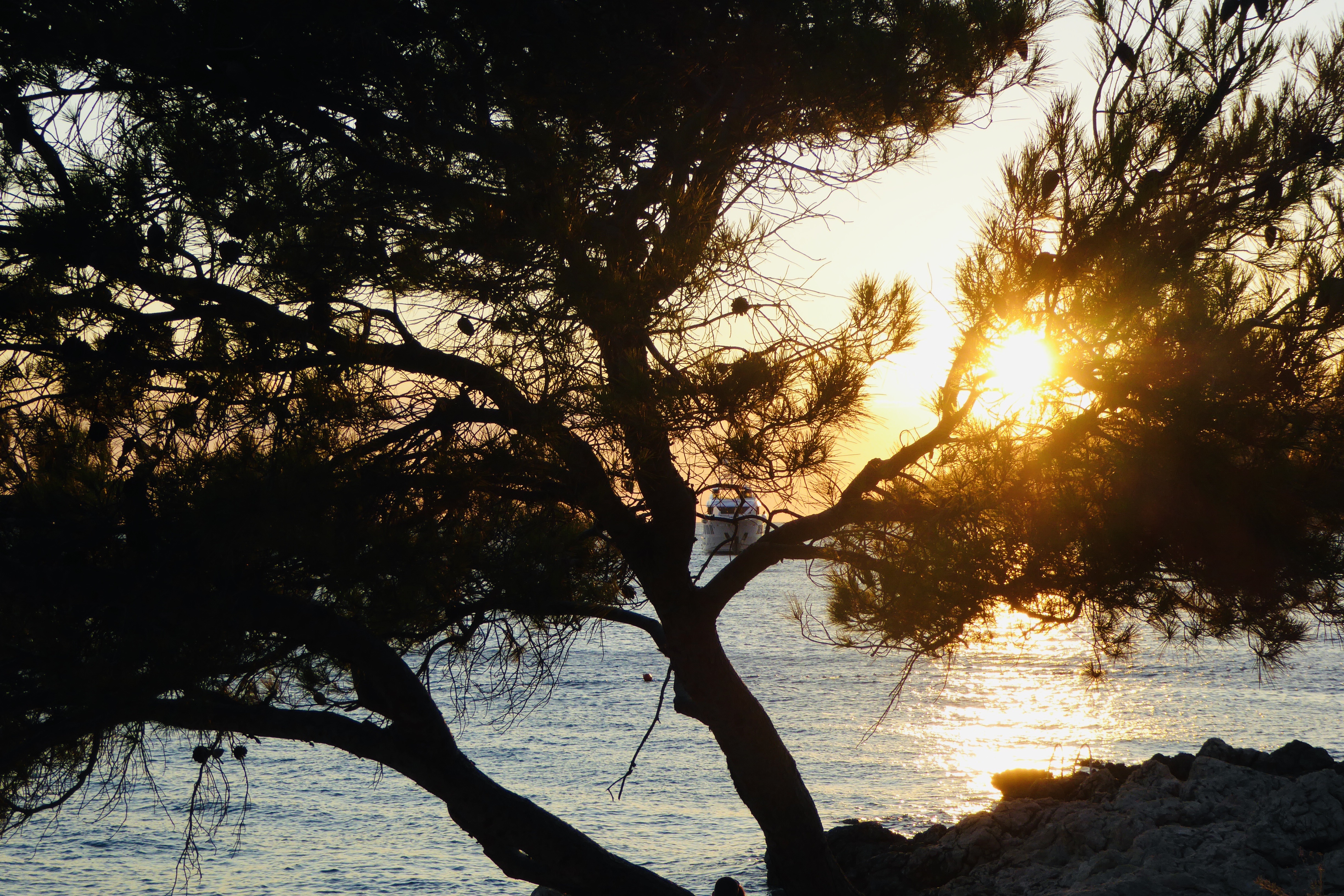


We departed from Hvar the next morning on an early morning ferry back to Split. The mood was subdued – no one was in party mode. Leaving paradise does have that effect.
If you wish to read Part 1 of my Croatian visit go to Croatia Part 1 – Split.
